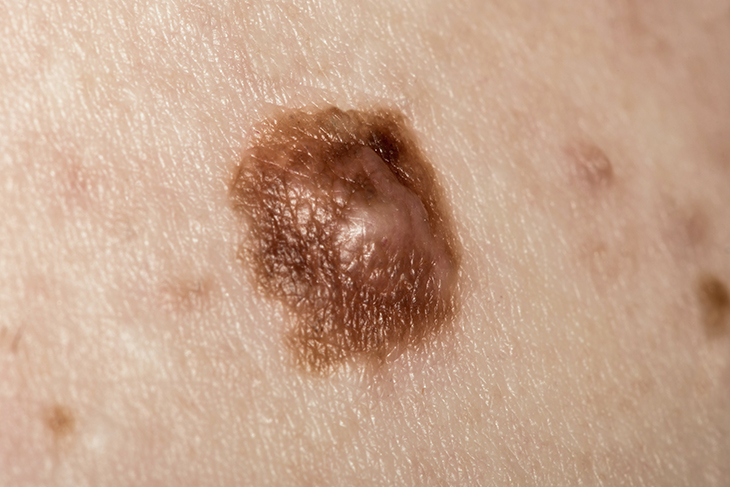2. Strangely-colored Moles

Your skin is your body’s biggest organ. Skin moles (medical terminology for “nevus” or “nevi”) are growths on your skin that range in color from your natural skin tone to brown or black. Moles can occur alone or in clusters anywhere on your skin or mucous membranes. The majority of skin moles occur throughout early childhood and the first 20 years of life. It is usual for an adult to have between 10 and 40 moles. A typical mole has a life cycle of roughly 50 years. Moles often alter slowly over time, becoming higher and lighter in color. Hairs frequently grow on the mole. Some moles will not alter at all, while others will gradually fade away. Dysplastic nevi have an uneven appearance, with dark brown cores and lighter, uneven margins. These moles are usually hereditary (inherited), and some people have more than 100 of them. If you have dysplastic nevi, you are more likely to develop malignant (cancerous) melanoma. A dermatologist should examine any changes in a mole for skin cancer. Healthy moles are often tan, brown, or black in color. According to Anne Marie McNeill, M.D., a board-certified dermatologist in Newport Beach, California, and member of The Skin Cancer Foundation, “if a mole has distinct hues, such as shades of brown, tan, or black, that might be cause for worry.” “Cancerous patches can also appear red, pinkish, white, or blue.” Finally, take note of any moles that are darker or different in color from the surrounding moles.



